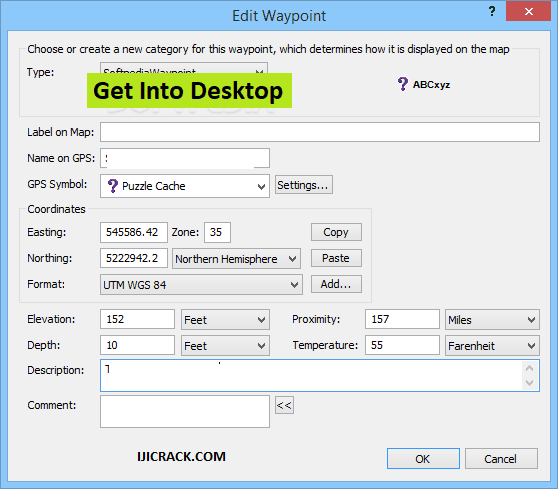

You could use this with a vehicle, a pet, or even-if you are concerned about theft-the giant pumpkin that you are growing for the state fair. Remotely transmitted coordinates would have to be received by another HC-12 transceiver and then processed with a microcontroller or computer.Ī simple setup such as the one above would allow you to create a small remote object tracker it will alert you if the object leaves a predefined area, and then you will have a certain amount of time to track the object before the transmitter goes out of range. You can transmit GPS coordinates to remote locations with as little as a GPS receiver, an HC-12 transceiver, and a battery. The HC-12s can transmit the information from a GPS receiver with no additional programming or circuitry. The Global Positioning System (GPS) allows users to accurately determine the location of objects on or above the surface of the Earth. Both of the GPS receivers listed at the top of this article transmit National Marine Electronics Association (NMEA) sentences that provide information that includes latitude and longitude, altitude, time, bearing, speed, and a great many other variables at 9600 baud. In this article, we will create a remote GPS receiver that can be used to track nearby items without using a cellular network.įor further information on the transceiver module, please see the HC-12 datasheet (PDF). Part one of this two-part series discussed the HC-12 transceiver module and described how to hook it up to an Arduino and a power source.

This article uses a pair of HC-12 transceivers, a GPS module, an Arduino, and Google Maps to create a very simple tracking device. The first article in this two-part series, Understanding and Implementing the HC-12 Wireless Transceiver Module, uses the HC-12 to create long-distance data transmission between two Arduino Unos.


 0 kommentar(er)
0 kommentar(er)
